
Gemmayzeh: The Beating Heart of Beirut's Cultural Scene
Discover Gemmayzeh, Beirut's cultural hub, brimming with art, food, and vibrant nightlife. Experience the perfect blend of tradition and modernity in every corner.
Gemmayzeh, nestled in the heart of Beirut, is a vibrant and eclectic neighborhood that effortlessly blends the old with the new. Known for its bohemian charm, this area is a cultural hotspot brimming with art galleries, cozy cafes, and an array of eateries offering everything from traditional Lebanese fare to international cuisine. Its narrow streets and historic buildings are adorned with colorful murals, giving visitors a taste of the city's rich artistic heritage. Strolling through Gemmayzeh, you'll find an impressive mix of traditional Lebanese architecture and modern developments. The neighborhood is home to some of Beirut's most famous landmarks, including the iconic St. Nicholas Stairs, which are often decorated with art installations and street performances. The vibrant nightlife in Gemmayzeh is a major draw, with numerous bars and pubs offering live music and a lively atmosphere that keeps the area buzzing well into the night. For those interested in history and culture, Gemmayzeh offers a plethora of museums and cultural centers. The Sursock Museum, housed in a beautiful mansion, showcases contemporary Lebanese art and is a must-visit. As you explore, you'll also encounter charming boutiques and antique shops, perfect for picking up unique souvenirs and gifts. Whether you're a history buff, an art lover, or simply looking to experience the local culture, Gemmayzeh has something for everyone.
Local tips in Gemmayzeh
- Visit the Sursock Museum for a deep dive into contemporary Lebanese art.
- Take a walk along the St. Nicholas Stairs for a unique cultural experience.
- Try the local cuisine at the many traditional Lebanese restaurants.
- Explore the neighborhood on foot to fully appreciate its historic architecture and street art.
- Enjoy the nightlife at one of the many bars and pubs offering live music.
Gemmayzeh: The Beating Heart of Beirut's Cultural Scene
Gemmayzeh, nestled in the heart of Beirut, is a vibrant and eclectic neighborhood that effortlessly blends the old with the new. Known for its bohemian charm, this area is a cultural hotspot brimming with art galleries, cozy cafes, and an array of eateries offering everything from traditional Lebanese fare to international cuisine. Its narrow streets and historic buildings are adorned with colorful murals, giving visitors a taste of the city's rich artistic heritage. Strolling through Gemmayzeh, you'll find an impressive mix of traditional Lebanese architecture and modern developments. The neighborhood is home to some of Beirut's most famous landmarks, including the iconic St. Nicholas Stairs, which are often decorated with art installations and street performances. The vibrant nightlife in Gemmayzeh is a major draw, with numerous bars and pubs offering live music and a lively atmosphere that keeps the area buzzing well into the night. For those interested in history and culture, Gemmayzeh offers a plethora of museums and cultural centers. The Sursock Museum, housed in a beautiful mansion, showcases contemporary Lebanese art and is a must-visit. As you explore, you'll also encounter charming boutiques and antique shops, perfect for picking up unique souvenirs and gifts. Whether you're a history buff, an art lover, or simply looking to experience the local culture, Gemmayzeh has something for everyone.
Iconic landmarks you can’t miss
Place de l'Étoile
Explore the vibrant Place de l'Étoile in Beirut, a cultural landmark showcasing stunning architecture and the rich tapestry of Lebanese life.
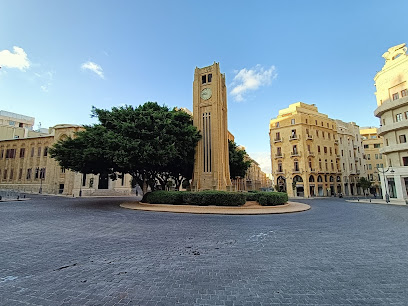
Beit Beirut - Museum and Urban Cultural Center
Explore the rich history and vibrant culture of Beirut at Beit Beirut, a unique museum and urban cultural center dedicated to the city's heritage.
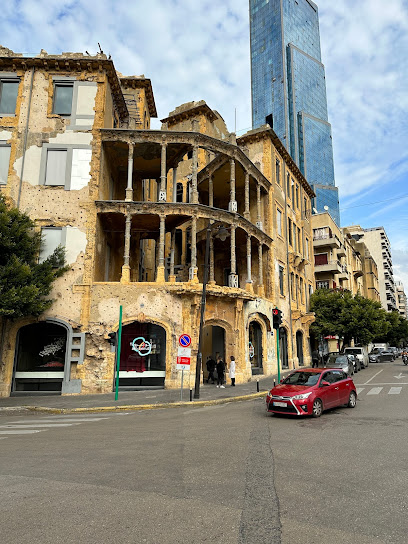
St. Nicolas Stairs
Explore the charm of St. Nicolas Stairs in Beirut, where history meets vibrant culture in a stunning staircase adorned with art and local life.
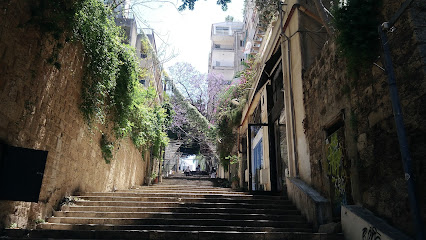
Statue Of The Immigrant
Discover the Statue of the Immigrant in Beirut, a powerful symbol of hope and resilience celebrating the stories of countless immigrants.
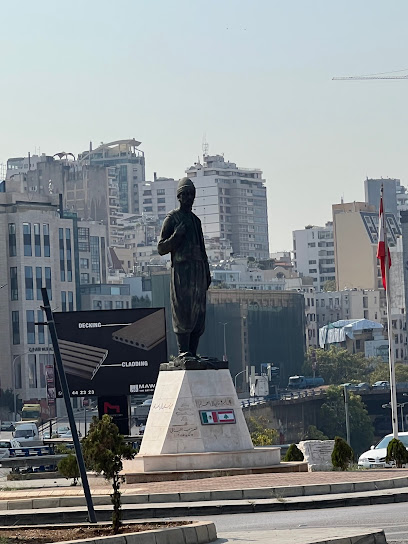
The Gesture - Memorial 04 August 2020 Blast
Experience The Gesture in Beirut, an open-air museum commemorating the resilience of the Lebanese people after the August 4, 2020 explosion.
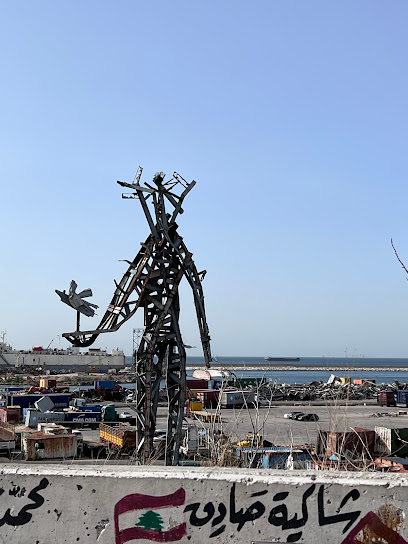
Beirut Nymphaeum
Explore the enchanting Beirut Nymphaeum, a historical landmark revealing the grandeur of Roman heritage in the heart of Lebanon's vibrant capital.
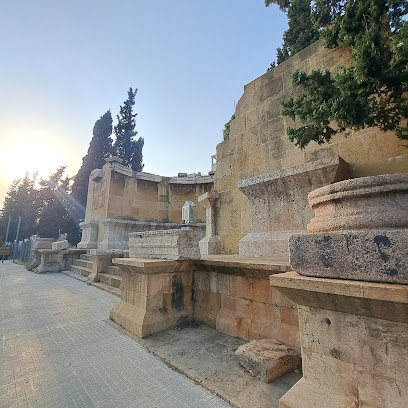
The Memory Tree
Experience the serenity and history of The Memory Tree, a symbol of resilience and hope in the heart of Beirut.
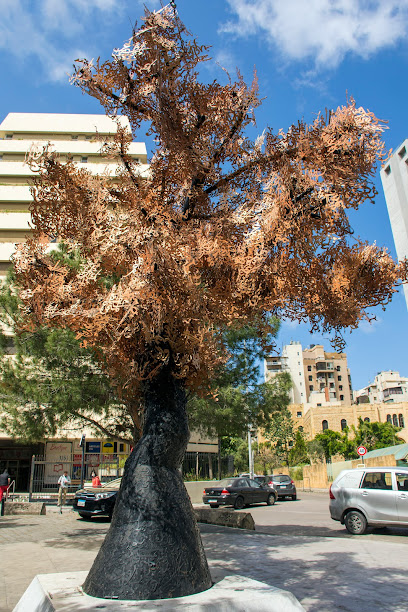
Rafīq al-Ḥarīrī Memorial Flame
Explore the Rafīq al-Ḥarīrī Memorial Flame, a significant historical landmark in Beirut symbolizing hope, resilience, and the quest for peace.
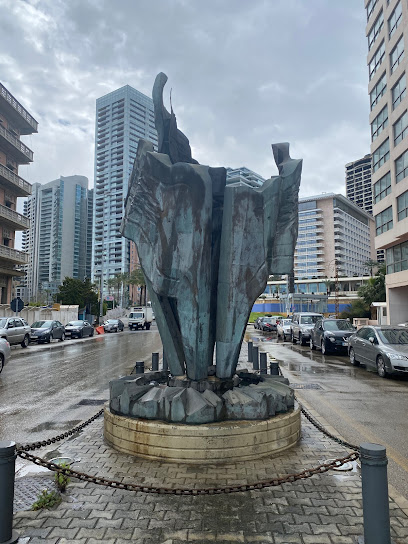
تمثال جبران خليل جبران
Explore the Jebran Khalil Jebran Monument in Beirut, a tribute to Lebanon's literary genius amidst serene landscapes and rich cultural heritage.

Berytus Saifi Archaeological Park - موقع الصيفي الأثري، بيروت
Explore the captivating Berytus Saifi Archaeological Park in Beirut, where ancient history and stunning ruins await your discovery.
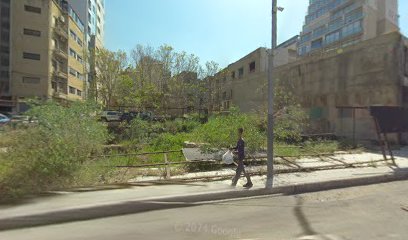
Unmissable attractions to see
I love Beirut
Experience the vibrant essence of Beirut at I Love Beirut, a must-visit attraction showcasing the city's rich heritage, culture, and breathtaking views.
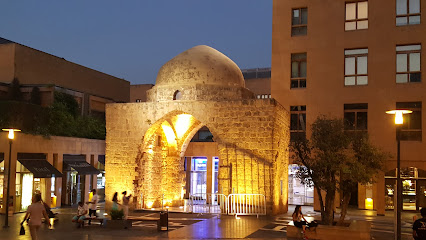
Dar El-Nimer for Arts and Culture
Experience the vibrant fusion of contemporary art and traditional culture at Dar El-Nimer for Arts and Culture in the heart of Beirut.
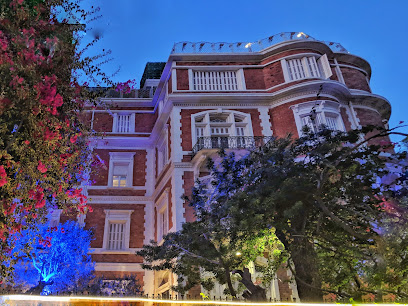
American University of Beirut Archaeological Museum
Explore Lebanon's ancient history at the American University of Beirut Archaeological Museum, featuring artifacts from Phoenician to Byzantine times.
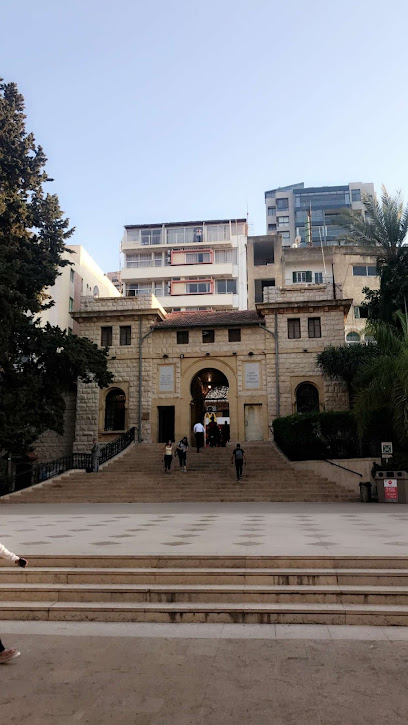
Downtown Tree
Explore the vibrant Downtown Tree in Beirut, an urban oasis blending nature with local culture, perfect for relaxation and cultural experiences.
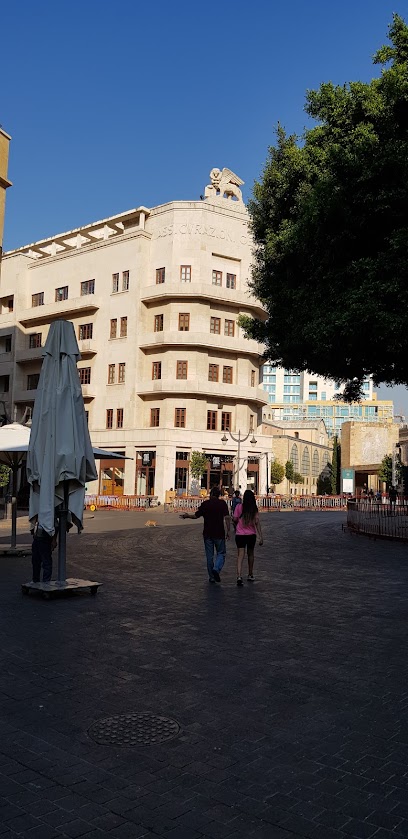
Fosh street
Discover the vibrant culture, exquisite cuisine, and unique shopping experiences at Fosh Street in Beirut, a must-visit destination for every traveler.
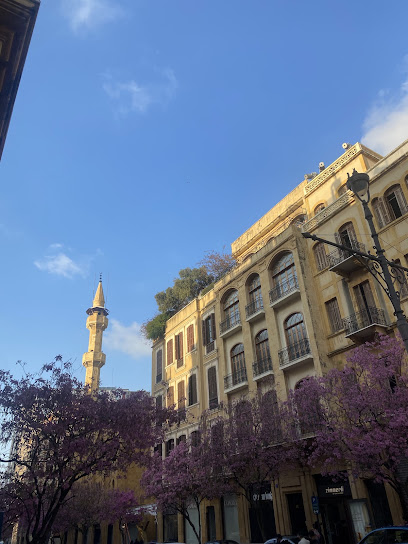
Essential places to dine
Swiss Butter - Gemmayze
Experience culinary excellence at Swiss Butter in Gemmayze - a must-visit steakhouse in Beirut offering delicious dishes in a charming setting.

Mayrig
Discover authentic Armenian flavors at Mayrig, where tradition meets taste in the heart of Beirut.
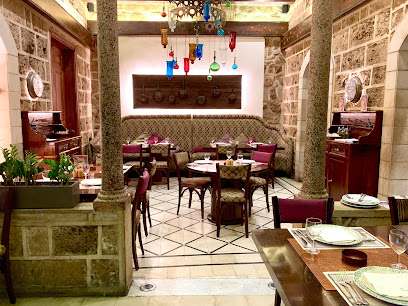
Society
Discover the essence of Lebanese cuisine at Society Bistro, where modern elegance meets traditional flavors in the heart of Beirut.
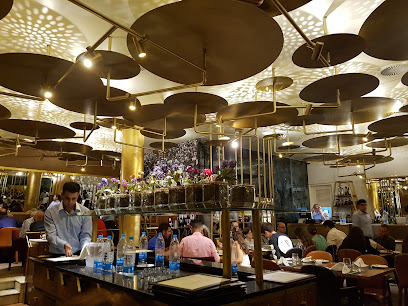
Couqley French Bistro _ Gemmayze
Experience authentic French cuisine in Beirut's Gemmayze district at Couqley French Bistro - where flavor meets ambiance.

Appetito Trattoria Gemmayzeh
Experience authentic Italian cuisine at Appetito Trattoria Gemmayzeh in Beirut's vibrant neighborhood – where every dish tells a story.
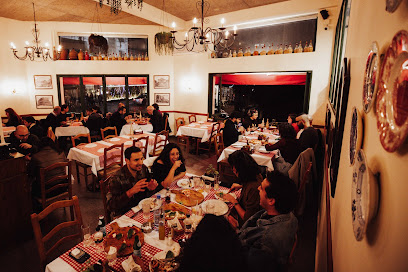
Le Chef
Discover authentic Lebanese flavors at Le Chef in Beirut's vibrant Gemayze district—where every dish tells a story.
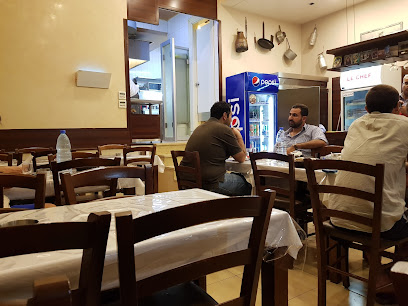
Cyrano Café
Discover the flavors of Beirut at Cyrano Café – where every meal tells a story and every sip delights your senses.
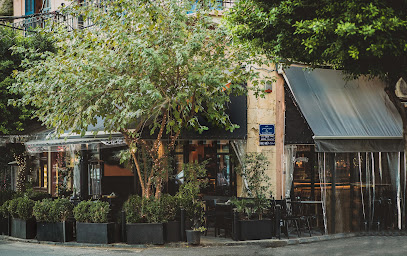
Ginette
Experience the vibrant flavors of Lebanese cuisine at Ginette, a charming restaurant in Beirut offering fresh ingredients and innovative dishes.
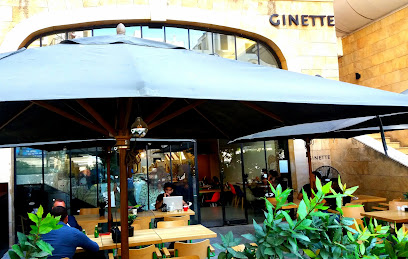
Avolique
Discover Avolique: Where Culinary Artistry Meets Lebanese Hospitality in the Heart of Beirut.
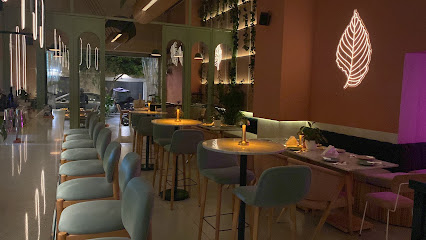
Cupola
Experience authentic Italian cuisine at Cupola in Gouraud, Beirut – where every dish is crafted with passion and tradition.

Markets, malls and hidden boutiques
Luanatic
Discover Luanatic, Beirut’s unique gift shop offering a blend of local creativity, fashion accessories, and memorable souvenirs for every occasion.
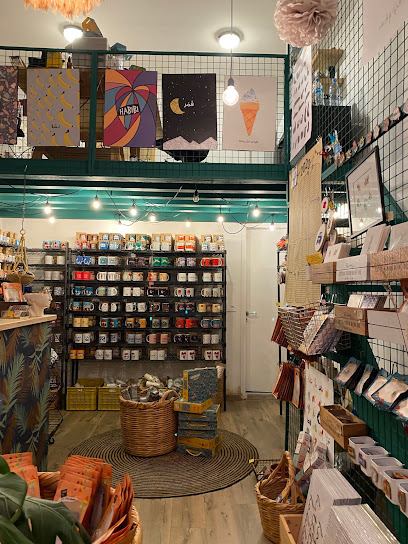
Nouvelle Vague Vintage Store
Unearth unique vintage clothing and accessories at Nouvelle Vague Vintage Store in Beirut, where every piece tells a story of timeless fashion.
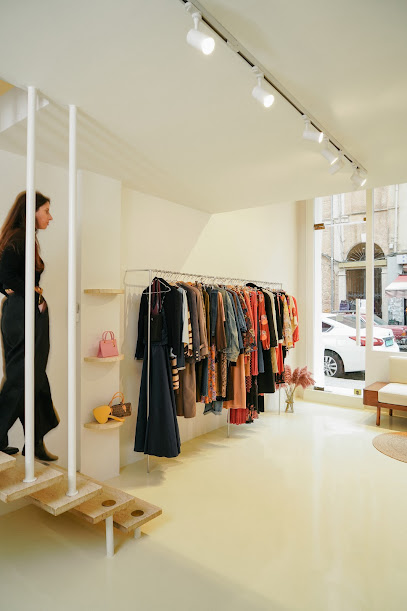
The Vintage Shop 961
Explore The Vintage Shop 961 in Bourj Hammoud for unique gifts and vintage treasures that capture the spirit of Lebanon's artistry.
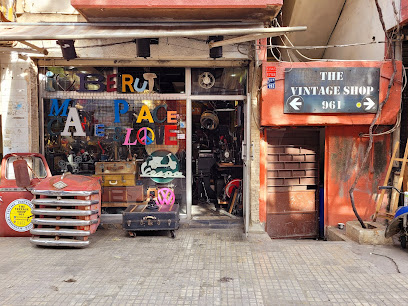
Market Makers
Discover unique clothing, collectibles, and shoes at Market Makers in Beirut, a vibrant shopping destination reflecting local creativity and culture.
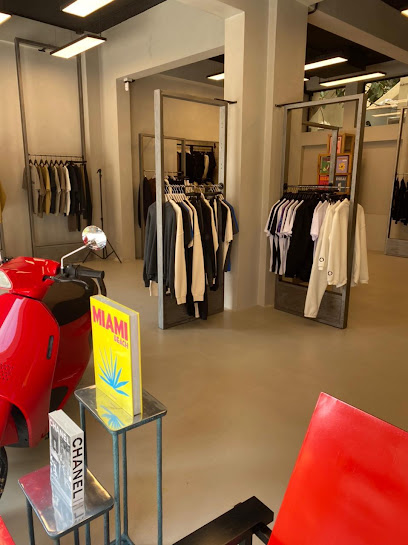
oddfish concept store
Explore the vibrant Oddfish Concept Store in Beirut for unique gifts, art, and fashion that capture the essence of Lebanese culture.

Bazar Bizarre
Explore Bazar Bizarre in Beirut for unique antiques and vintage treasures; a paradise for collectors and interior design lovers.
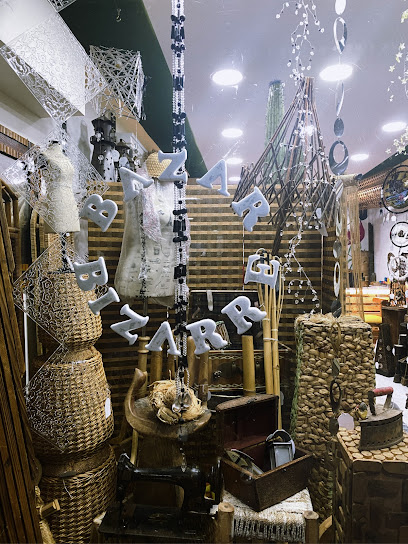
Magasin D'Orient Absi Freres
Explore the rich cultural heritage of Lebanon at Magasin D'Orient Absi Freres, a charming store for Oriental goods and unique antiques in Beirut.
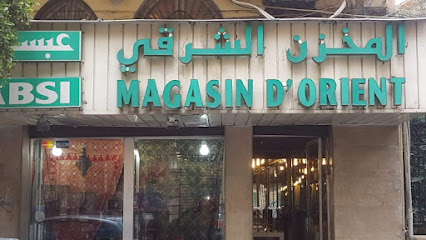
Timi Hayek Boutique
Explore Timi Hayek Boutique for a unique blend of Lebanese culture and contemporary fashion in the heart of Beirut.
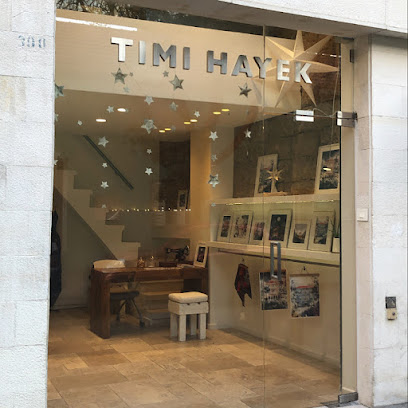
L'objet
Explore L'objet in Beirut for a unique shopping experience filled with local crafts and souvenirs that embody Lebanese culture.
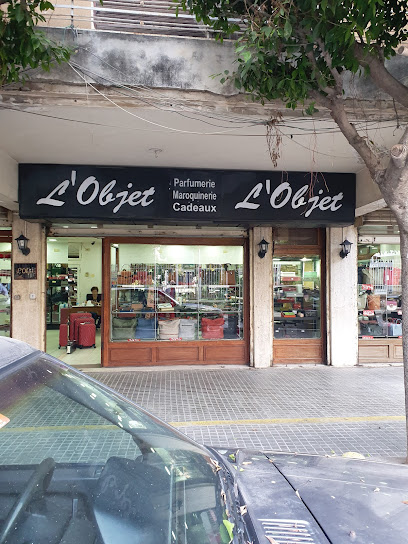
Baskets and potteries shop
Explore the Baskets and Potteries Shop in Baalchmey for unique handcrafted treasures that showcase Lebanon's rich cultural heritage.

Essential bars & hidden hideouts
Demo
Discover the vibrant nightlife of Gemmayzeh, Beirut's bar scene with eclectic venues and unforgettable experiences.

Dragonfly
Discover Dragonfly, a stylish cocktail bar in Beirut's vibrant Gouraud district, known for its innovative drinks and lively atmosphere.

Tequila
Discover the vibrant nightlife of Beirut at Tequila, where cocktails, music, and good vibes come together for an unforgettable experience.
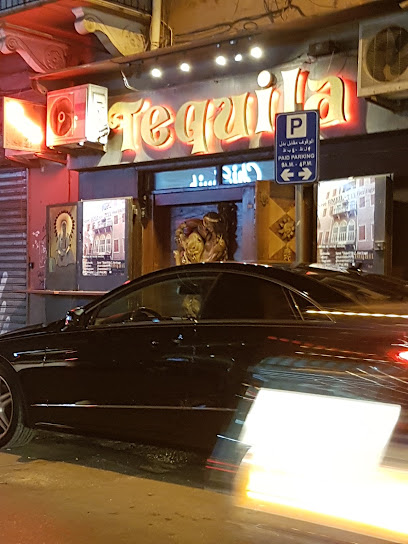
Miiyao
Discover the vibrant nightlife of Beirut at Miiyao, where signature cocktails and a lively atmosphere await every visitor.
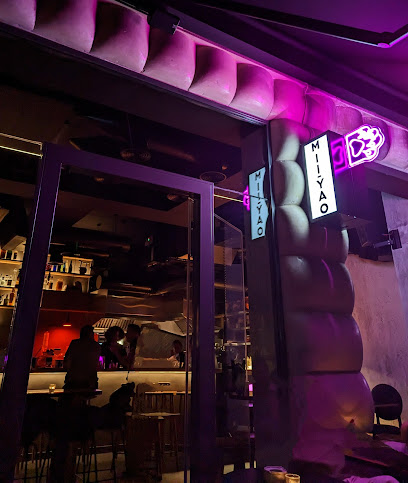
Twenty Two Beirut
Twenty Two Beirut – A vibrant pub offering eclectic drinks and a lively atmosphere, perfect for experiencing the heart of Beirut's nightlife.
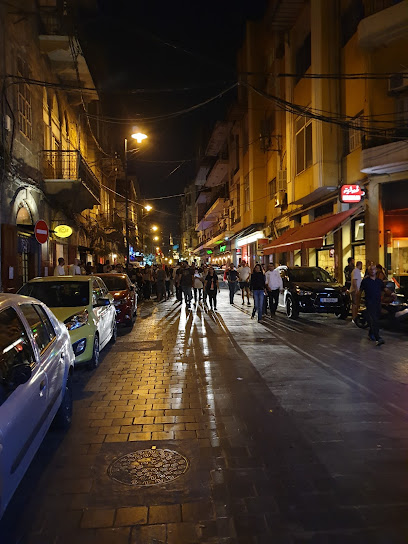
JIVE
Experience the vibrant nightlife of Beirut at JIVE, where funky cocktails and eclectic vibes create unforgettable memories.
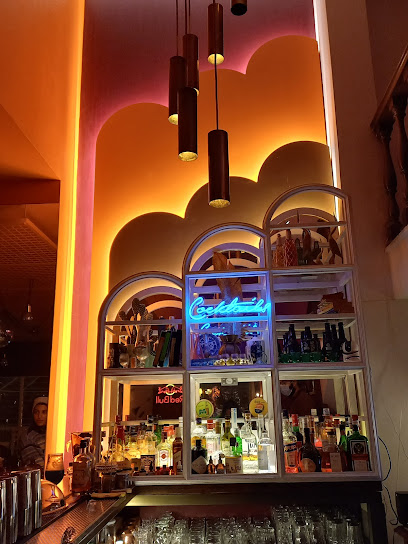
House of Butlers
Experience Beirut's vibrant nightlife at House of Butlers, where expertly crafted cocktails and a lively atmosphere await every visitor.
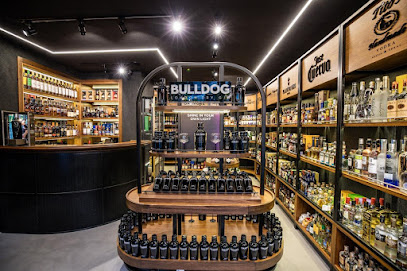
SMALLS
Discover the lively atmosphere and eclectic drinks at SMALLS, a top bar in Beirut's vibrant Gemmayze district.

Flav
Experience the vibrant nightlife of Beirut at Flav, where innovative cocktails and a lively atmosphere create unforgettable moments.
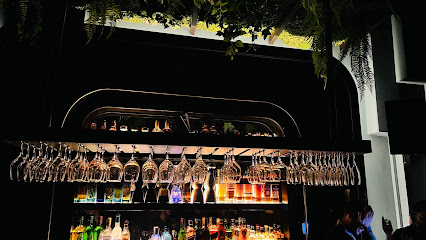
Wine يو
Explore the vibrant nightlife of Beirut at Wine يو, a lively pub offering an extensive drink selection and a welcoming atmosphere.

Local Phrases
-
- Helloمرحبا
[marhaba] - Goodbyeمع السلامة
[maa assalama] - Yesنعم
[naam] - Noلا
[laa] - Please/You're welcomeمن فضلك
[min fadlik] - Thank youشكراً
[shukran] - Excuse me/Sorryعذراً
[aatharann] - How are you?كيف حالك؟
[kayf halak?] - Fine. And you?بخير. وأنت؟
[bikhayr. want?] - Do you speak English?هل تتحدث الإنجليزية؟
[hal tatahadath al'iinjluzya?] - I don't understandأنا لا أفهم
[ana la afham]
- Helloمرحبا
-
- I'd like to see the menu, pleaseأريد أن أرى القائمة، من فضلك
[uridu an ara alqaimah, min fadlik] - I don't eat meatأنا لا آكل اللحم
[ana la aakul allahm] - Cheers!صحتين!
[sahhtayn] - I would like to pay, pleaseأريد أن أدفع، من فضلك
[uridu an adfae, min fadlik]
- I'd like to see the menu, pleaseأريد أن أرى القائمة، من فضلك
-
- Help!مساعدة!
[musaeadah!] - Go away!اذهب بعيداً!
[idhab baedan!] - Call the Police!اتصل بالشرطة!
[itassal bialshurta!] - Call a doctor!اتصل بطبيب!
[itassal batabib!] - I'm lostلقد ضللت الطريق
[laqad dalalt altariq] - I'm illأنا مريض
[ana mareed]
- Help!مساعدة!
-
- I'd like to buy...أريد أن أشتري...
[uridu an ashtari...] - I'm just lookingأنا فقط أتفرج
[ana faqat atfarij] - How much is it?كم سعرها؟
[kam si'raha?] - That's too expensiveهذا غالي جداً
[hadha ghali jiddan] - Can you lower the price?هل يمكنك تخفيض السعر؟
[hal yumkinuka takhfid alsir?]
- I'd like to buy...أريد أن أشتري...
-
- What time is it?كم الساعة؟
[kam alsaa'ah?] - It's one o'clockالساعة الواحدة
[alsaa'ah alwaahidah] - Half past (10)العاشرة والنصف
[al'ashirah walnusf] - Morningصباح
[sabah] - Afternoonمساء
[masa] - Eveningمساء
[masa] - Yesterdayأمس
[ams] - Todayاليوم
[alyawm] - Tomorrowغداً
[ghadan] - 1واحد
[wahid] - 2إثنان
[ithnaan] - 3ثلاثة
[thalatha] - 4أربعة
[arba'ah] - 5خمسة
[khamsah] - 6ستة
[sittah] - 7سبعة
[sab'ah] - 8ثمانية
[thamania] - 9تسعة
[tis'ah] - 10عشرة
[asharah]
- What time is it?كم الساعة؟
-
- Where's a/the...?أين يوجد...؟
[ayn yujad...?] - What's the address?ما هو العنوان؟
[ma huwa al'anaan?] - Can you show me (on the map)?هل يمكنك أن تريني (على الخارطة)؟
[hal yumkinuka an tureenii (ala alkhaartah)?] - When's the next (bus)?متى يأتي الحافلة التالية؟
[mata yaati alhaafilat altaaliiyah?] - A ticket (to ....)تذكرة (إلى ...)
[tadhkurah (ila ...)]
- Where's a/the...?أين يوجد...؟
History of Gemmayzeh
-
Gemmayzeh began to take shape during the Ottoman Empire's rule in the 19th century. The area saw the construction of traditional Lebanese architecture, characterized by beautiful 19th-century buildings and narrow streets. It became a popular residential area for the Christian community, particularly the Maronites, and the neighborhood's cultural fabric started to develop, influenced by various waves of immigrants and traders.
-
During the French Mandate from 1920 to 1943, Gemmayzeh experienced significant urban development. The French introduced modern infrastructure and public services, which transformed the neighborhood. This period saw the construction of cultural institutions, schools, and cafes that would later become essential parts of Lebanese social life, fostering a vibrant intellectual community.
-
The Lebanese Civil War (1975-1990) deeply affected Gemmayzeh, as it did much of Beirut. The neighborhood was a frontline area, witnessing heavy fighting and significant destruction. Many residents fled, and the once-thriving community faced years of neglect and decay. Post-war reconstruction efforts began in the late 1990s, leading to a gradual revival of the area.
-
In the early 2000s, Gemmayzeh emerged as a cultural hub, attracting artists, musicians, and young professionals. The neighborhood is now known for its vibrant nightlife, art galleries, and cultural events. Traditional Lebanese houses have been repurposed into trendy bars and restaurants, creating a unique blend of old and new, while preserving the neighborhood's historical charm.
-
Despite its revitalization, Gemmayzeh faces ongoing challenges, particularly following the August 2020 Beirut explosion that caused extensive damage. The community has shown resilience, with local residents and organizations coming together to restore affected areas and support each other. This spirit of solidarity reflects the enduring strength of Gemmayzeh's cultural identity amidst adversity.
Gemmayzeh Essentials
-
Gemmayzeh is easily accessible from various neighborhoods in Beirut. If you're coming from downtown Beirut, you can take a short walk or a taxi, which should cost around 10,000 to 15,000 LBP. From Hamra, a taxi or a service (shared taxi) will get you there in about 15 minutes. The Beirut Metro, while still in development, is expected to eventually connect to this neighborhood, but currently, taxis and ridesharing apps like Careem are your best options.
-
Gemmayzeh is a compact neighborhood, making it perfect for exploration on foot. The streets are lined with cafes, art galleries, and shops. For longer distances, taxis and service vehicles are readily available. Bicycles can also be rented in the area, allowing you to enjoy the vibrant street art and architecture at a leisurely pace. Public transport options are limited in Gemmayzeh, so it's best to rely on taxis or walking.
-
Gemmayzeh is generally safe for tourists, but it's wise to exercise caution, especially at night. Areas closer to the main road tend to be well-lit and busy, while some side streets may feel deserted. Avoid wandering into neighborhoods like Karantina or along the waterfront after dark, as they have higher crime rates. Always keep an eye on your belongings and be cautious of pickpockets in crowded areas.
-
In case of an emergency, dial 112 for police assistance or 140 for fire emergencies. For medical emergencies, call 175. The nearest hospital is the American University of Beirut Medical Center, located just a few minutes away by taxi. It’s advisable to have travel insurance that includes medical coverage. Keep emergency contact numbers saved on your phone for quick access.
-
Fashion: Do wear modest clothing, especially when visiting religious sites, and avoid overly revealing outfits. Religion: Do respect local customs; it's best to ask for permission before taking photos in churches. Public Transport: Do offer your seat to elderly or pregnant passengers. Don't engage in loud conversations on public transport. Greetings: Do greet locals with a friendly smile and handshake. Don't use overly casual language or gestures. Eating & Drinking: Do try local dishes and share meals with locals. Don't eat in public places during Ramadan, as it may be considered disrespectful.
-
To experience Gemmayzeh like a local, visit the neighborhood's vibrant bars and cafes, especially during the evening when the area comes alive. Check out the street art scattered throughout the streets; many pieces tell the story of Lebanon's rich culture and history. Join a local walking tour to learn about the area's history and architecture. For a true taste of local cuisine, visit the small eateries that serve traditional Lebanese dishes rather than international fast-food chains.
Trending Landmarks in Gemmayzeh
-
Place de l'Étoile
-
Beit Beirut - Museum and Urban Cultural Center
-
St. Nicolas Stairs
-
Statue Of The Immigrant
-
The Gesture - Memorial 04 August 2020 Blast
-
Beirut Nymphaeum
-
The Memory Tree
-
Rafīq al-Ḥarīrī Memorial Flame
-
تمثال جبران خليل جبران
-
Berytus Saifi Archaeological Park - موقع الصيفي الأثري، بيروت
Nearby Cities to Gemmayzeh
-
Things To Do in Broummana
-
Things To Do in Aley
-
Things To Do in Jounieh
-
Things To Do in Deir el Qamar
-
Things To Do in Byblos
-
Things To Do in Zahle
-
Things To Do in Sidon
-
Things To Do in Batroun
-
Things To Do in Anjar
-
Things To Do in Rashaya
-
Things To Do in Marjayoun
-
Things To Do in Bcharre
-
Things To Do in Baalbek
-
Things To Do in Tyre
-
Things To Do in Rosh HaNikra








